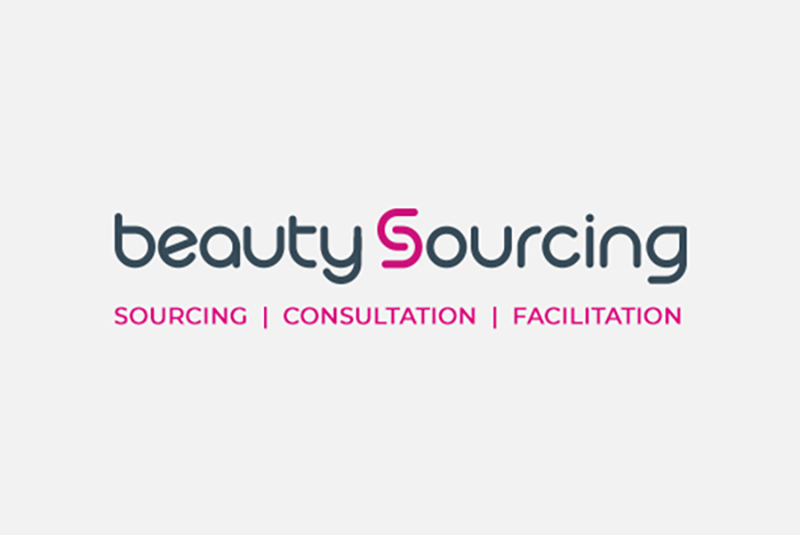The allure is undeniable, with China's market brimming with top-notch local makeup brands offering a diverse range of products. However, diving into this endeavor requires careful navigation through regulatory landscapes, understanding supply chains, and identifying reputable suppliers like Meko Biotech.
Understanding Makeup Product Classification and Compliance
The first step in importing makeup products is understanding their classification and compliance requirements. Makeup items encompass a wide range, including skincare products, cosmetics, and beauty accessories. These products must meet stringent standards set by regulatory bodies like the FDA in the USA to ensure safety and legality.
Navigating Regulatory Agencies
When importing makeup products, you'll interact with regulatory agencies like the FDA and Customs and Border Protection (CBP). The FDA oversees product safety and labeling, while CBP manages the import process. Familiarizing yourself with their regulations is crucial to avoid compliance issues during importation.
Meeting State-Specific Regulations
In addition to federal regulations, certain states like California have specific requirements such as Proposition 65 compliance. This includes restrictions on substances like lead, necessitating thorough adherence to state-level regulations alongside federal standards.
Choosing Shipping Methods
Selecting the right shipping method is vital for timely and cost-effective imports. Options range from international express services like DHL and FedEx for small parcels to air freight or sea freight for larger shipments. Each method has its advantages in terms of speed, cost, and handling of goods.
Packaging and Labeling Compliance
Proper packaging and labeling are non-negotiable when importing makeup products. Packaging must be robust to withstand international transit, while labels must contain essential information like product details, ingredients, warnings, and usage instructions. Compliance with the Federal Food, Drug, and Cosmetic Act ensures smooth customs clearance.
Preparing Necessary Documentation
Importing makeup products requires meticulous documentation, including commercial invoices, packing lists, bills of lading, and customs bonds. Additionally, obtaining certification documents such as MSDS, FDA approvals, and certificates of origin is essential for regulatory compliance.
Understanding Shipping Costs and Insurance
Shipping costs vary based on factors like shipment volume, weight, and chosen shipping method. Investing in freight insurance mitigates risks during transit, providing financial protection against unforeseen events.
Navigating Import Restrictions and Delays
Navigating import restrictions and potential delays is part of the importation process. Understanding Harmonized Tariff Schedule (HTS) codes, submitting accurate declarations, and complying with CBP's requirements are critical to smooth customs clearance.
Continuous Compliance and Communication
Staying updated on evolving regulations and maintaining open communication with regulatory agencies ensures ongoing compliance. Regular audits, quality checks, and transparent communication with suppliers and authorities are key to a successful importation journey.
Finding Qualified Cosmetic OEM/ODM Suppliers
Guangzhou and Zhejiang Markets:
Guangzhou Xinfa Market: Known as a hub for cosmetic suppliers, Guangzhou offers a plethora of options for OEM/ODM services. The Xinfa Market is particularly renowned for its diverse range of cosmetic products and strong supply chain support.
Zhejiang Yiwu Market: Another hotspot for cosmetics, the Yiwu Market in Zhejiang province boasts a wide array of suppliers specializing in makeup products. Its strategic location and robust supply chain make it a favored destination for sourcing cosmetics.
China Beauty Expo:
Participating in industry events like the China Beauty Expo provides invaluable opportunities to connect with qualified suppliers. This expo attracts a wide range of cosmetic manufacturers, allowing you to assess their capabilities and products firsthand.
Online Platforms:
Jingdong (JD) and Taobao: These e-commerce giants offer insights into the best-selling makeup products in China. By analyzing popular brands and products, you can identify suppliers that support these brands and meet your quality standards.
Marketplaces like Alibaba and BeautySourcing: Online platforms like Alibaba's B2B marketplace and BeautySourcing provide access to a vast network of cosmetic suppliers. These platforms offer detailed supplier profiles, product catalogs, and reviews, enabling you to make informed sourcing decisions.
Partnering with Meko Biotech:
Meko Biotech is a reputable company known for its support of numerous cosmetic brands. Their commitment to product quality, regulatory compliance, and ethical practices makes them an ideal partner for OEM/ODM services. Leveraging the expertise of companies like Meko Biotech ensures excellence in every aspect of your cosmetic product development and production journey.
Embarking on the journey to import makeup products from China to the USA requires diligence, attention to detail, and strategic partnerships with trusted suppliers. By understanding regulatory nuances, choosing reliable shipping methods, and collaborating with reputable suppliers, you can navigate the complexities of international trade and unlock opportunities in the booming makeup industry

